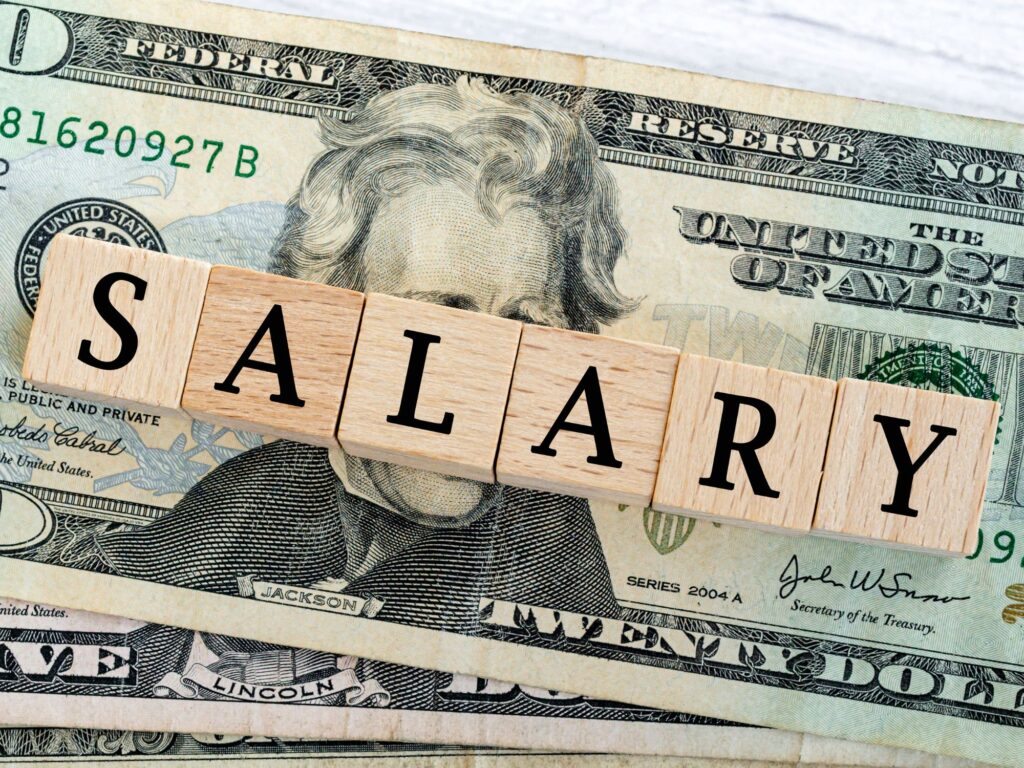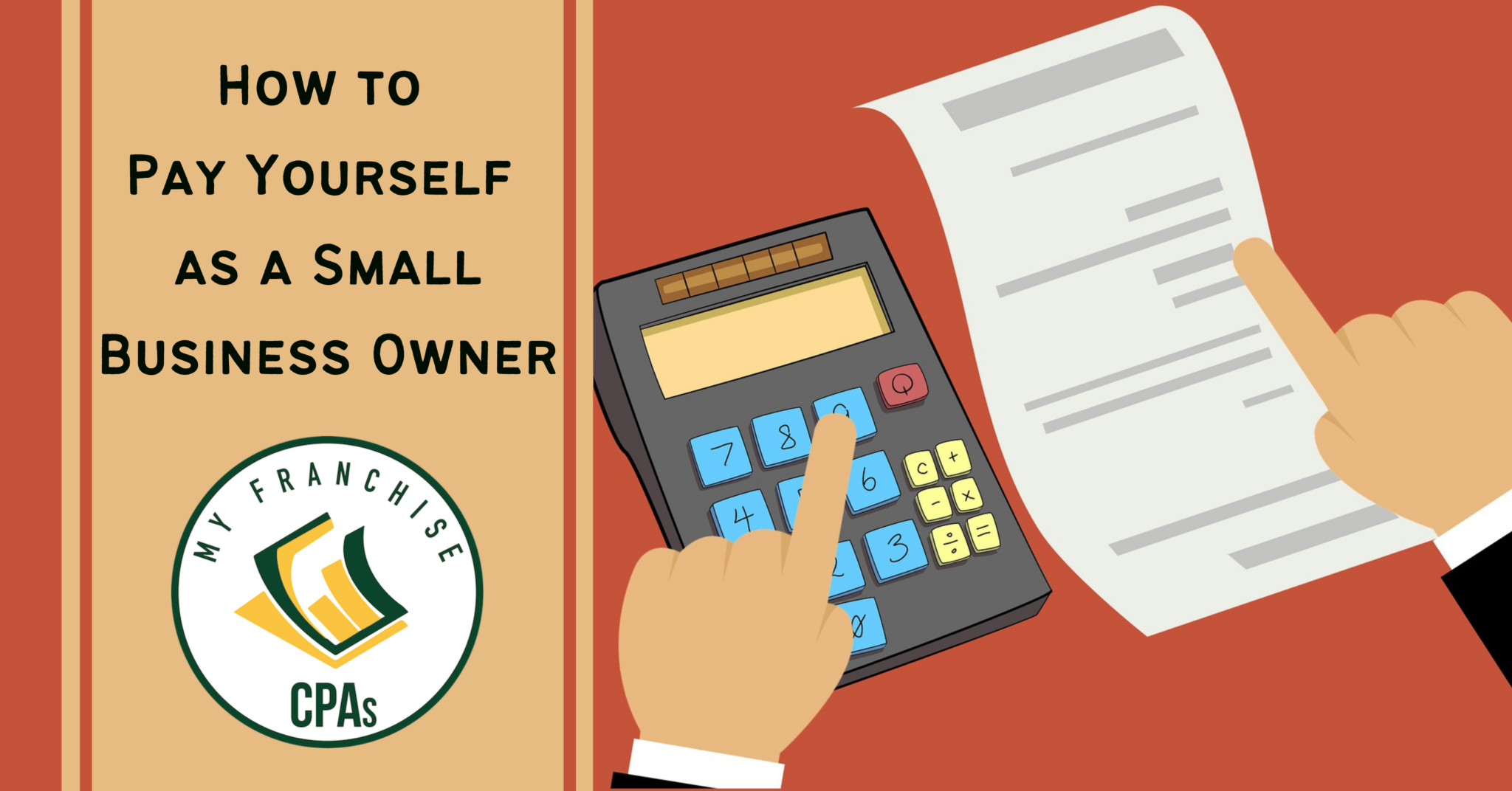Best Way To Pay Yourself As A Business Owner

So, you’ve taken the plunge and started your own business. Congratulations! Now comes the really fun part: figuring out how to pay yourself. This isn't just about rewarding your hard work; it's about structuring your finances for tax efficiency, long-term financial security, and the overall health of your company.
This article is for the first-time business owner, the entrepreneur just starting to navigate the complexities of self-employment. We'll break down the best ways to pay yourself, outlining the pros and cons of each method so you can choose what's right for you and your business.
Why does how you pay yourself matter? Because it impacts everything from your tax obligations to your ability to secure loans. Choosing the right method can save you money, reduce stress, and even help you build wealth. Let's dive in.
Understanding Your Options
There are several common ways small business owners pay themselves, each with its own unique advantages and disadvantages. We'll explore the most popular methods in detail:
- Salary (for S-Corps)
- Owner's Draw (for Sole Proprietorships and Partnerships)
- Guaranteed Payments (for LLCs taxed as Partnerships)
- Dividends (for S-Corps and C-Corps)
Salary (S-Corporations)
If your business is structured as an S-Corporation, you're considered an employee of your company. This means you must pay yourself a reasonable salary, subject to payroll taxes (Social Security and Medicare).
The "reasonable" part is key. The IRS scrutinizes this closely, so your salary should reflect the market value of the services you provide to your business. This approach does come with more paperwork and administrative burden.
Owner's Draw (Sole Proprietorships & Partnerships)
For sole proprietorships and partnerships, an owner's draw is the most common method. This involves simply transferring funds from your business account to your personal account.
It's a simple and straightforward process, but keep in mind that owner's draws are not considered wages and are not subject to payroll taxes. You'll pay self-employment taxes on your share of the business's profits.
Guaranteed Payments (LLCs Taxed as Partnerships)
LLCs taxed as partnerships often use guaranteed payments. These are payments to partners for services rendered or capital contributed to the business, regardless of the company's profitability.
Guaranteed payments are treated as ordinary income for the partner and are deductible by the LLC. This provides some flexibility in structuring compensation.
Dividends (S-Corps & C-Corps)
Dividends are distributions of a corporation's profits to its shareholders. In S-Corps, dividends are not subject to self-employment taxes, making them an attractive option for minimizing taxes.
However, the IRS requires a reasonable salary to be paid before taking dividends, and the proportion of dividends versus salary is frequently reviewed. C-Corps face double taxation (at the corporate level and again when dividends are distributed), making them less common for small business owners seeking to minimize taxes.
Comparison Table
| Method | Business Structure | Tax Implications | Complexity | Best For |
|---|---|---|---|---|
| Salary | S-Corporation | Subject to payroll taxes | High (payroll processing) | Owners seeking consistency and building a wage history |
| Owner's Draw | Sole Proprietorship, Partnership | Subject to self-employment tax | Low | Simplicity and direct access to profits |
| Guaranteed Payments | LLC (Taxed as Partnership) | Treated as ordinary income | Medium | Providing a fixed payment to partners |
| Dividends | S-Corporation, C-Corporation | Not subject to self-employment tax (S-Corp), Subject to double taxation (C-Corp) | Medium | Tax optimization (S-Corp), profit distribution (C-Corp) |
Detailed Reviews
Let's take a closer look at the strengths and weaknesses of each method.
Salary: The Structured Approach
Paying yourself a salary offers predictability and establishes a clear wage history, which can be beneficial when applying for loans or mortgages. However, the administrative burden of payroll processing and the associated payroll taxes can be significant. Ensure you set aside funds for quarterly estimated taxes to avoid penalties.
Owner's Draw: Simplicity Reigns
The owner's draw is the simplest way to access your business profits. It requires minimal paperwork, making it ideal for sole proprietors and partnerships focused on ease of operation. But, remember to factor in self-employment taxes when budgeting.
Guaranteed Payments: A Hybrid Solution
Guaranteed payments provide a structured income stream for partners in an LLC taxed as a partnership. This allows for flexibility in compensating partners based on their contributions, but it's crucial to maintain accurate records and consult with a tax professional to ensure compliance.
Dividends: Tax-Efficient Profit Distribution
Dividends, especially in an S-Corp, can be a tax-efficient way to distribute profits. The key is to balance dividends with a reasonable salary to avoid IRS scrutiny. Keep detailed documentation to support your compensation strategy.
"Used vs New" Analogy
Thinking about these methods like buying a car can be helpful. A salary is like buying a new car - reliable, structured, but with higher upfront costs (payroll taxes). An owner's draw is like buying a used car - affordable and straightforward, but you need to be prepared for potential "repairs" (self-employment taxes).
Reliability Ratings (By Structure)
Reliability here refers to the consistency and predictability of the payment method. S-Corps (Salary and Dividends): High. Sole Proprietorships/Partnerships (Owner's Draw): Medium. LLCs Taxed as Partnerships (Guaranteed Payments): High.
Checklist: 5 Must-Check Features Before Deciding
- Business Structure: Your business structure dictates your available options.
- Tax Implications: Understand the tax consequences of each method.
- Administrative Burden: Consider the paperwork and compliance requirements.
- Cash Flow: Ensure your business can consistently support your chosen payment method.
- Long-Term Financial Goals: Align your payment strategy with your personal financial goals.
Summary
Choosing the best way to pay yourself as a business owner is a crucial decision with long-term financial implications. S-Corps often utilize salaries and dividends for tax optimization, while sole proprietorships and partnerships favor the simplicity of owner's draws.
Guaranteed payments offer a structured approach for LLCs taxed as partnerships. Carefully consider your business structure, tax implications, administrative burden, cash flow, and long-term financial goals before making a decision.
Remember, what works for one business owner may not work for another. Consulting with a tax professional or financial advisor is highly recommended to tailor a strategy that aligns with your specific needs and circumstances.
Take Action!
Ready to take control of your finances and pay yourself effectively? Schedule a consultation with a qualified tax advisor today! They can help you navigate the complexities of self-employment taxes and develop a payment strategy that maximizes your financial well-being.


















